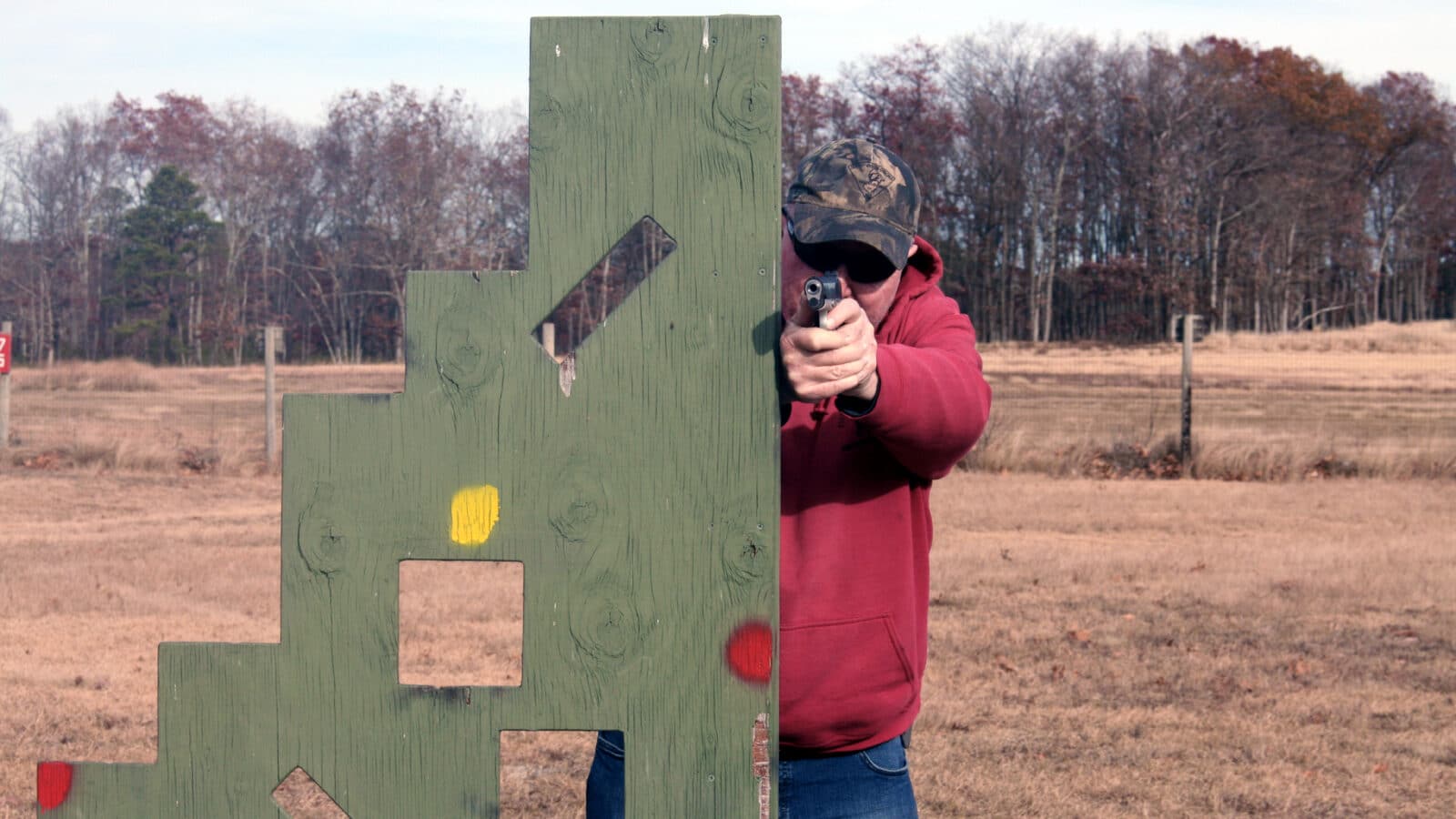Let’s face it, most folks are asleep when the big hand crosses the little hand, so the guys in black-and-white cars have to hustle to find things to do until the sun starts to lighten the eastern sky. If they’re working a rural area, it can be a real challenge. The only thing moving is an occasional coyote and the guy who delivers newspapers. No crooks moving around, so nobody doing evil stuff to catch. What to do?
Well, this is the story of a couple of enterprising deputy sheriffs working a Southern California county back in the 19 … well let’s just say it was a while ago. It was in a place we will call it, uh, Lemon County. They were a hard-working pair who had been assigned midnights in a huge patrol area that included a small number of businesses, a little residential property and seemingly endless miles of citrus groves. As hard as they worked—crisscrossing the area, prowling dirt roads, even dismounting and working afoot—there were nights when there was nothing going on. Nada, nothing, zilch, zip, zero. Midnights are dull.
To relieve the monotony, they turned to conversation, where they discovered a common bond—both of our heroes were devoted gun buffs. Thus, their nights evolved into long-running dialogs on guns, shooting, ammunition, holsters, calibers, grips and other gun esoterica interspersed with spasms of real police work. It wasn’t so bad, and it could be said that what real sheriffin’ there was to do out there in the wee small hours, our guys did it.
Then one night, one of the two brought a new catalog in his briefcase. In those days, Smith & Wesson’s catalog was one sheet of paper, which folded and re-folded down to a 5×8 handful of wishes for the nation’s gun enthusiasts. This worthy document was passed back and forth as our dynamic duo went about their rounds. It was quiet for a bit, then the lull in the conversation was broken by a delighted exclamation from one of the deputies. “Look at this!” he chortled ecstatically.
It turned out his delight was occasioned by the discovery of an unfamiliar model that was in the catalog, a gun called the Model 18, aka the Combat Masterpiece. Both guys were regularly armed with the Model 19, the Bill Jordan-designed K-frame .357 Mag. also known as the Combat Magnum. Naturally, both scrupulously complied with the regulation mandating the use of department-issued .38 Spl. ammunition. As soon as the specifications of the previously unknown Model 18 sank in, the implications of the gun for their use hit them. The Model 18 was a 4-inch K-frame, the exact twin to their Combat Magnums, except for the fact that the Model 18 was a .22.
It felt like, handled and shot just like their Model 19s. True, it had a skinnier barrel and was therefore a little lighter, but the 18 fit the same holsters, wore the same grips and behaved in hand just like Model 19. It shot dirt-cheap .22 LR ammo.
Both of our stalwarts were at the front door of the cop’s store (the Geo. F. Cake company) when it opened the next payday. Money changed hands. The pair left with brand new, shiny Smith & Wesson revolvers that were indeed the practical twins of the work-worn Model 19s that had been their constant companions for years. That night, they christened the new guns, way out in the farthest reaches of their patrol area. A few tentative shots the first night, but more and more as the weeks went by. On a good night, they were going through a 50-round box of cartridges each. While it is true they were quiet nights, there were also some pretty active ones and these two shooters increased their moving-target skills exponentially. The key to their success was the fact that .22s don’t make anywhere near the racket of a magnum revolver and they were always careful of their backstop. And there were a lot of targets. What?
Rabbits. Big, lop-eared jack rabbits that the ranchers intensely hated, but which fell easily to a well-placed .22 hollowpoint. The officers shot them standing and running, from the car windows and from over the hood. They tried point shooting from the hip and aimed from the shoulder. They practiced using their flashlights and the car spotlights. Now, they weren’t supposed to be doing this, but the evidence never lasted more than an hour or so after dawn. There was also a healthy population of coyotes in the area—the fattest, healthiest coyotes anybody ever saw. After a particularly good evening of shooting, the two were back on the edge of the patrol area reflecting on their good luck to draw this spot to work the lackluster midnights. Then, the radio came to life with a call that changed everything:
“Unit Eighteen one-oh-one, one call. A two-eleven in progress at Standard Gas Station, intersection of Esperanza and Bluehill. Two suspects with shotguns—shots fired! Make your response Code Three!”
These are words that galvanize policemen into action—an armed robbery of a gas station by two guys with shotguns and shots had been fired. It puts a shiver up your spine and adrenalin into your bloodstream. It’s time to tighten the seat belt and put the pedal to the metal. In this case it ended without further violence as the fleeing suspects were scooped up in a stolen car by the Highway Patrol. Our heroes burned some rubber and gas, just missed the apprehension and went back to the barn cursing their bad luck, missing the “Adam-12”-style arrest. Luck wasn’t with them on that one.
That is, until they discovered they had neglected to replace the holstered .22 rabbit guns with proper fightin’ iron.
Read the full article here












Leave a Reply